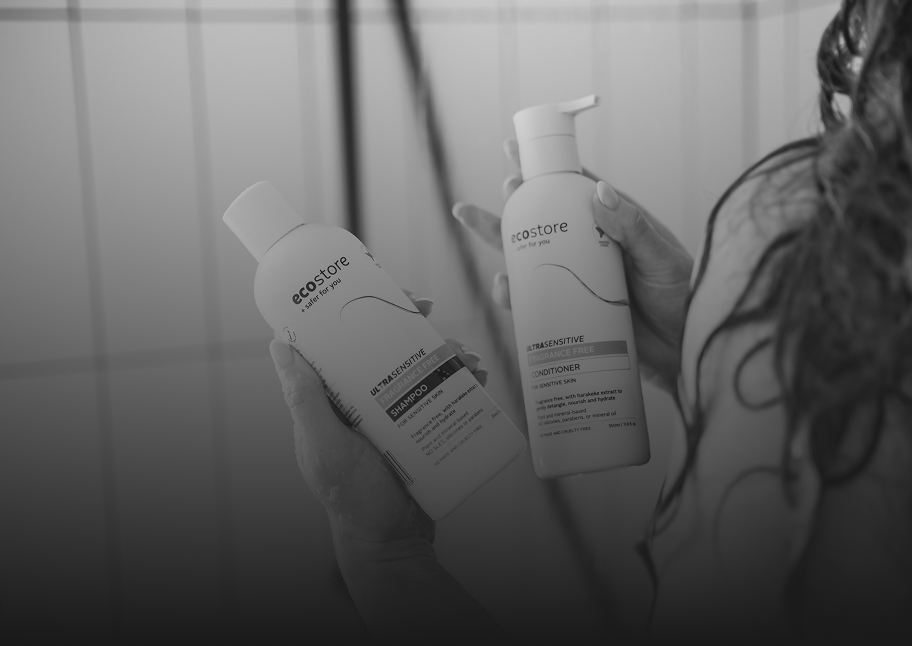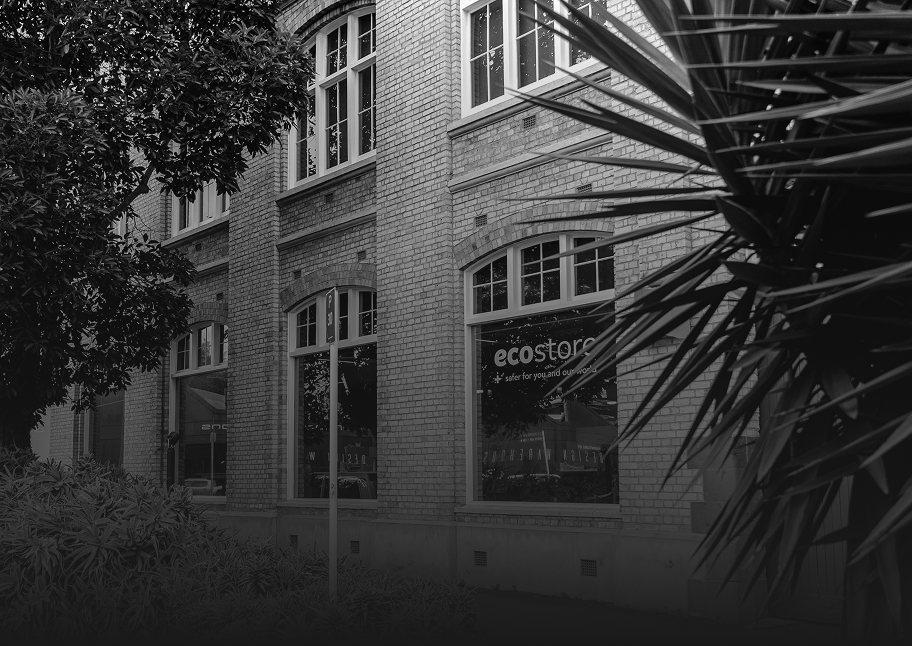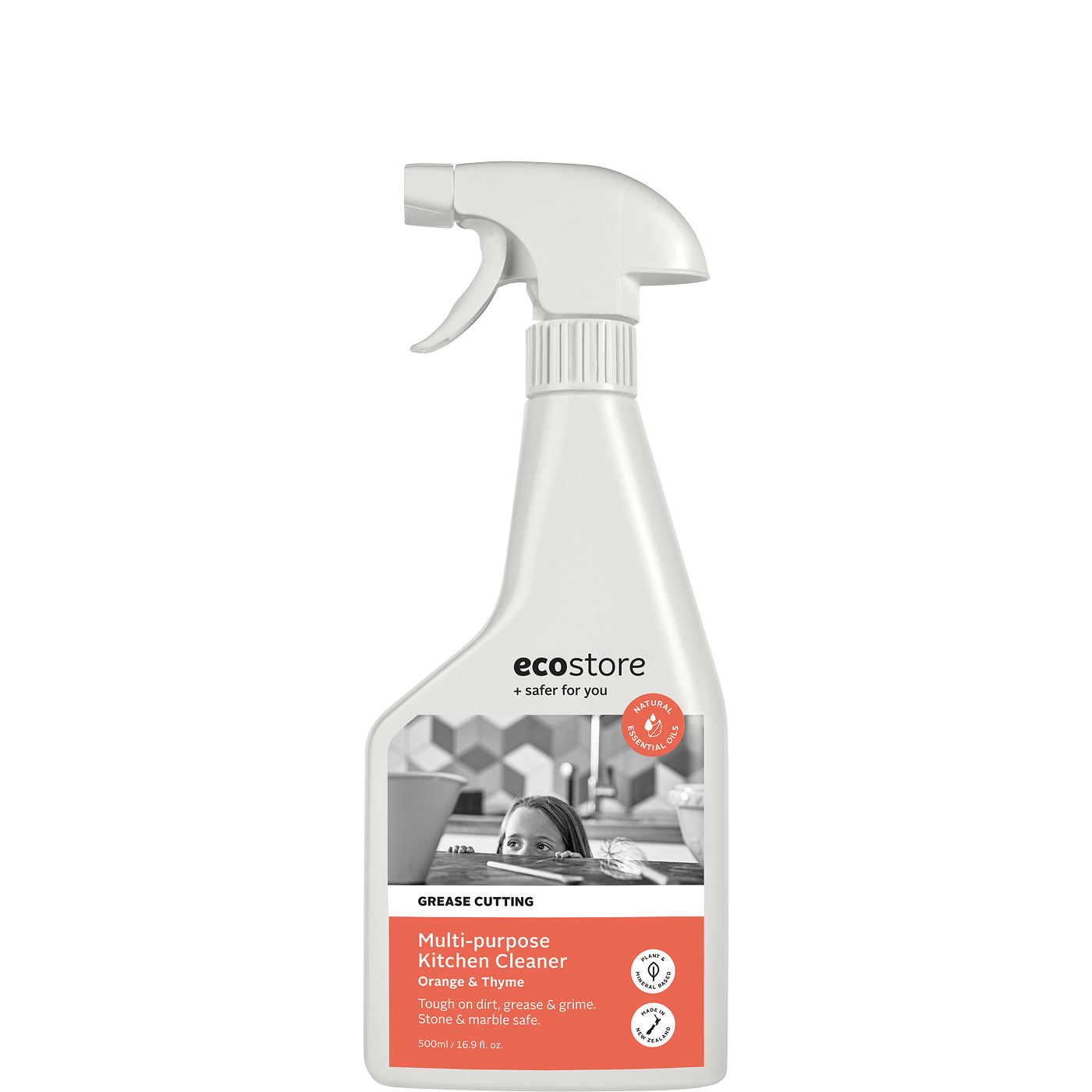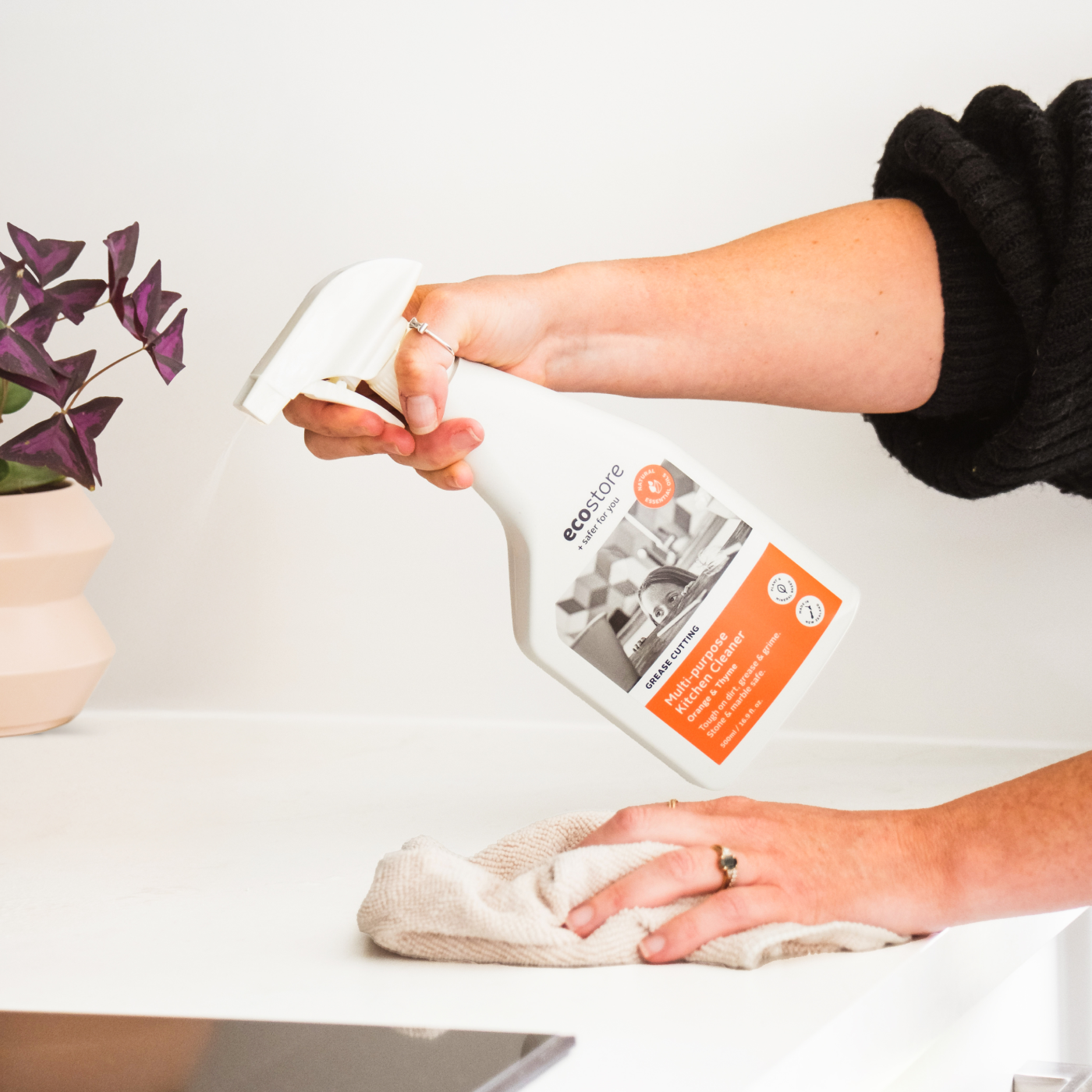To find out if what we're about to throw out can go in the in the kerbside recycling collection, many of us check the packaging for the triangle of arrows with a number inside to tell us if that type of plastic is suitable. But Waveney Warth, a waste solutions senior advisor at Auckland Council, says that's not always the best way to sort recycling from rubbish.
That's because the triangle is simply used by manufactures to describe the plastic, the manufacturer cannot know if the item is accepted for recycling in your area, especially if their products go all around the world.
“Not all products are manufactured or bought here, so triangles can be quite confusing. If something's been produced in a foreign country, which is very probable, what do they know about what can and can't be recycled here?”
Although the numbers and symbols can be helpful, Auckland Council is guiding people to recycle plastic, glass and metal containers from the kitchen, laundry or bathroom, along with paper and cardboard. The exception is Styrofoam, which meets the criteria but isn't accepted.
Waveney is well known for her efforts to minimise waste - she and her husband challenged themselves to go rubbish free for a year in 2008 and they have lived close to waste free ever since.
She says recycling is an easy thing we can all do for our environment, and Aucklanders are making a strong contribution with 90 percent of people recycling. But 10 percent of what they recycle should actually be put in the rubbish, and 15 percent of what goes in the rubbish could have been recycled, she says. And the cost of rubbish that's put in the recycling in Auckland is about $1 million per year, she adds.
Here's a list of what's collected in the Auckland kerbside recycling collection - many of these are likely to be the same in other regions in New Zealand. And if Aucklanders aren't sure about particular items, information is available on the website.
What's accepted for kerbside recycling?
Plastic bottles and containers
Paper and cardboard, envelopes, newspapers and magazines, egg cartons
Glass bottles and jars
Aluminium, steel and tin cans
Empty aerosols
What isn't accepted?
Plastic bags (these can get stuck in sorting machines)
Food and garden waste
Hazardous waste and chemicals
Polystyrene meat trays and packaging
Batteries
Nappies
Clothing
E-waste
Medical waste
Cookware
Building waste
Window and mirror glass, lightbulbs
The council also has some tips for the condition of products you recycle:
Rinse and squash containers
Leave lids on bottles and containers
Don't recycle containers that are larger than four litres
It's also produced videos on why recycling is important and about what can be recycled:
Why recycle?
What can be recycled?
Other councils in New Zealand's main centres also have key information about recycling:
Wellington http://wellington.govt.nz/services/environment-and-waste/rubbish-and-recycling/recycling
Christchurch http://www.ccc.govt.nz/homeliving/rubbish/kerbsidecollection/recycling/index.aspx
Compost for waste minimisation
Waveney is also a big fan of composting. She says half of an average Aucklander's rubbish is compostable.
“Organic material is the one of the most harmful things that can go into landfill.”
She says it's important to get dry carbon sources like tissues, paper towels and shredded newspaper into compost. That's to balance the carbon/nitrogen ratio, allow gas exchange through air pockets and to absorb moisture that comes from the waste.
The three main composting methods are bokashi, worm farms and traditional composting.
Bokashi bins combine effective micro-organisms in sawdust with drained food scraps to ferment them in tightly sealed containers. That waste can then be dug into garden soil or mixed with green waste in compost.
Worm farms produce tea and castings that can also be used to fertilise the garden.
Read more

Martyna Angell is a qualified health coach, blogger and cookbook author. She has developed recipes for brands such as I Quit Sugar, is a regular wholefood columnist for Nourish magazine and is the ...

The price of solar power is falling in New Zealand and more Kiwis are snapping up solar panels to take advantage of our abundant energy resource: the sun. There are lots of benefits from switching ...






